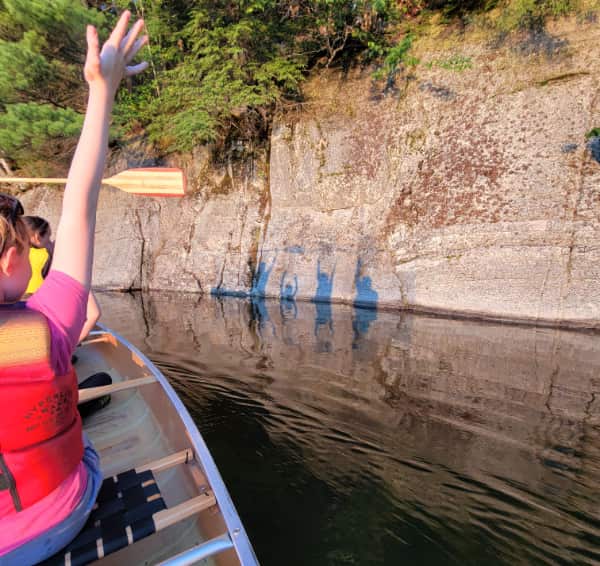Over the summer, we tend to kick off our shoes, wiggle our toes in the sand (or pick up a paddle), and heave a sigh of contentedness. We can open the front and back doors and let the breeze blow our dust bunnies away. Meals are more of the plain-and-simple variety, facilitated by a BBQ and lemonade. After the past year and a half, we deserve it!
And yet, I suspect many of us have been holding our breaths during much of that time, and maybe contentedness isn’t where it’s coming from. We’ve been stressed and stretched … to the max, wondering if the rubber band will break and hit us in the eye.
For a year and a half, our bodies, minds and spirits have been assaulted from different angles by various people and things and situations. Do you know the feeling?
We’re wired to safely handle only a certain amount of stress. Once we’re over the limit and our ability to cope, we tumble (often face first) into the world of trauma. There are many entrances into that world and cognitive distortions happens to be one of them.
In my private practice, I’m noticing some patterns among my clients. One of them is all-or-nothing thinking. Ever heard these words? “My way or no way!” “Do it right or don’t do it at all.” These words often establish the foundation for how we approach life, polarizing everyone with whom we come into contact, and leaving no room for the “grey’s” in life.
In relationships, this is often found in couples: one operates out of one extreme, while the other is at the opposite end of the spectrum … and never the twain shall meet. One is the saver, the other is the spender; one is the playmate, the other is the disciplinarian; all-work-no-play or all-play-no-work. Often becoming a game of good-cop-bad-cop, children quickly discover which parent will grant them their wishes ☺
At a glance, it may seem that one balances the other out. However, taking a closer look, we find that each is leaning in the opposite direction of the other, as if trying to balance a boat. The more one leans in one direction, the more the other needs to compensate by leaning in the other, so it won’t capsize.
There is another way. If one is willing to ease up a bit and trust that the other may respond in the same way, a healthier equilibrium can be found. This also brings the two opposing sides closer toward each other, toward a middle ground where there is a healthier balance and less tension. I dare you! Try it and see what happens. You may be pleasantly surprised.
Until next time!
